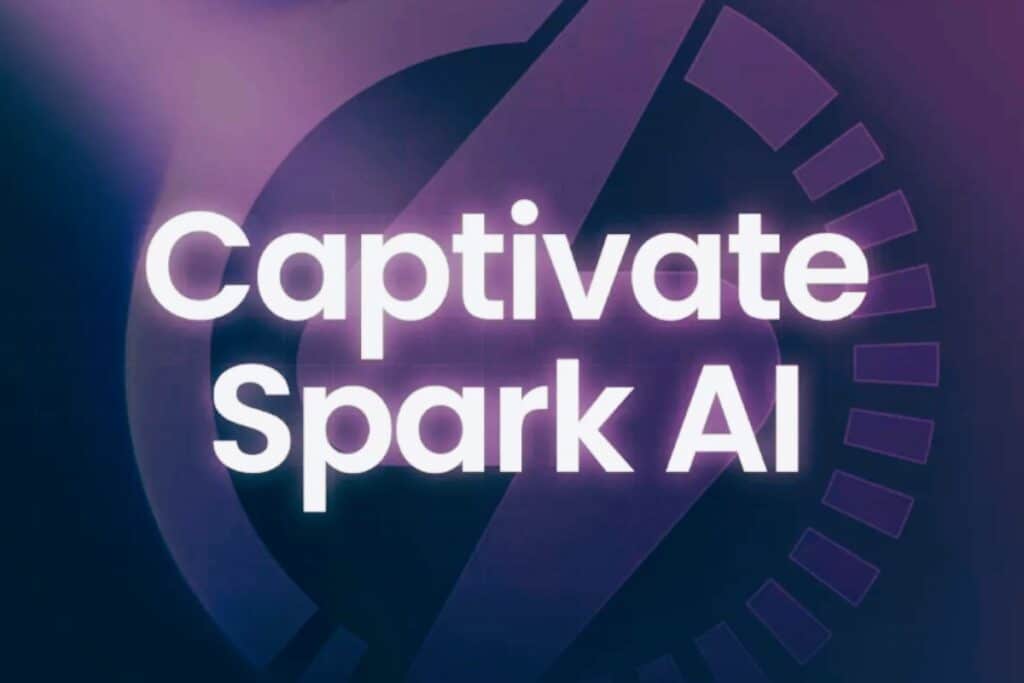Learning styles: everyone has one, or at least one which they lean more towards. According to research carried out in the 1970s and 1980s, people tend to learn in the following ways:
- Visually
- Auditory
- Reading/writing
- Kinaesthetically
Learning how to accommodate different learning styles online can be challenging, particularly if you are only just setting out with creating online courses. However, a little know-how about how people learn will enable you to create a course that appeals to a wide variety of learners, and more importantly, make sure that people learn something from you.
Why is it important to accommodate different learning styles online?
In teaching, experts disagree as to whether or not knowing your own learning style, and the learning style of your learners actually helps individuals. And let’s face it, in the context of your online course learners, you’ll probably know very little about them other than they want the information you are providing.
However, by understanding learning styles, you can make sure that you provide learning activities that are as inclusive and accessible to as many learners as possible. Making your course more inclusive means that it will appeal to more people, meaning more potential sales. Additionally, more inclusive content can lend itself to more positive course reviews and recommendations.
As an online course creator, you are likely to create course content that suits your learning style. This is because you have a bias towards your own learning style. However, remember that not everyone learns in the same way as you do. It’s important to be inclusive so as to have your content impact as many people as possible.
Want to find out your learning style? Click here to find out >>
Learning styles can change
No one stays the same forever, and this includes people’s learning styles. As we grow and develop as individuals, our learning styles can shift. Equally, you might find that your learning style changes depending on what you’re learning.
Think about this: do you now learn in the same way you did in school? No. Because your learning style has changed as you’ve grown.
This is another reason why it’s so important that your online course content appeals to a variety of learning styles.
Accommodating different learning styles online
But integrating and accommodating different learning styles in online teaching isn’t as easy as it may be in a traditional classroom setting.
Here, we will break down different learning styles and how they can be met when delivering your online course.
Visual learners
What is a visual learner?
Visual learners make up the majority of learners, with an estimated 65% of people being visual learners. That’s a huge amount of your potential learners who learn through visual means.
Consider, then, being confronted with a wall of text and consider how this presentation may not suit up to 65% of your learners. In fact, around 80% of what is learned by most people is through what they see. Therefore, it’s important to concentrate on the visuals of your online course content from the get-go.
How can I accommodate my online course for visual learners?
- Create a video of you presenting your lesson to your learner
- Embed a YouTube video for learners to watch
- Encourage learners to pick out key ideas from your lesson and write them in different colours
- Create a downloadable worksheet or workbook which learners can use to visualise their ideas
- Present your information in different formats ie diagrams, tables, slideshows
Kinaesthetic learners
What is a kinaesthetic learner?
Kinaesthetic learners learn through doing. Because of this, kinaesthetic learning is probably one of the hardest learning styles to accommodate and this is because it’s hard to set practical activities over the internet.
Whilst only an estimated 5% of the population are kinaesthetic learners, this learning style shouldn’t be overlooked. This is because kinaesthetic learning activities can enforce the learning done through visual, auditory, or read/write learning activities.
How can I accommodate my online course for kinaesthetic learners?
- Provide action steps for your learners to follow. A challenge which spans over a period of time is ideal
- Create a downloadable worksheet or workbook for learners to complete
- Set up a Facebook group which learners can join and share their ideas with other learners
- Give learners problems to solve
Auditory learners
What is an auditory learner?
An auditory learner is someone who learns through hearing. These learners will prefer to listen to a lecture or video rather than read. Auditory learners may struggle with reading, which is why it’s useful to not have all of your course in a written format, so as to ensure that your content is accessible to as many people as possible.
How can I accommodate my online course for auditory learners?
- Create an auditory file that learners can listen to
- Create a video of you presenting your lesson to your learner
- Embed a YouTube video or podcast episode for learners to listen to
- Set up a live question and answer forum where learners can talk to you and other learners to develop their learning
Read/Write learners
What is a read/write learner?
A read/write learner is what it says on the tin. It’s a learner who learns best through reading and writing.
When creating online courses, my experience tells me that bloggers tend to accommodate read/write learners over other types of learners. Why? Because writing out the information in your course is the easiest way to present it and get your message across. Think about it; as a blogger, you’re used to writing and transmitting your message through the written word. Why should your online course be any different?
Remember though, whilst there is nothing wrong with delivering your course content in this manner, you need to consider how you will make written parts of your course accessible for learners with educational needs (such as dyslexia), and learners with English as a Second Language.
How can I accommodate my online course for read/write learners?
Learners who learn best by reading or writing may find the following activities useful in your online course:
- Use of lists
- Have downloadable notes and checklists which learners can review after they’ve finished the course
- Suggest extra reading. This could be through links to a post on your blog or another website
- Provide diagrams or tables to help learners understand the information you are giving them
Which online course platform helps me appeal to all learning styles?
To be honest, it’s the content that appeals to learners, not the learning platform.
Any good online course platform will enable you to use a range of learning activities for your learners to enjoy. My favourite online learning platforms are:
Activities that appeal to multiple learning styles
You’ll probably have noticed from the lists above that there are some activities that you can use in your online course which accommodate more than one learning style. To round these activities up, the activities which appeal to multiple learning styles are:
- Video – including embedding YouTube videos
- Downloadable workbooks and worksheets for learners to fill out
- Checklists
- Use of diagrams, tables, and slideshows
You’ll have a preference for which activities you put into your online courses, but you’ll notice that those who are able to charge more have a greater variety of learning activities. If you’re not sure which activities to use, start by undertaking online courses from different content creators – this includes free ones! When you go through the learning activities, make a note of which activities would be beneficial to which type of learner and why. This will give you an idea of how diverse and inclusive the learning activities of a course are and help you develop your online course activities further.
Conclusion
Remember, no one person learns using just one learning style. Equally, there is no need to make all of your online course content appropriate for every learning style. This would be exhausting and make your course longer than learners will be able to tolerate. What’s important is that you mix up your course content delivery so that there is something that suits everyone’s learning styles. Also, not all of the suggestions above can be incorporated into every course. If this is the case, don’t panic! They are suggestions only and you’ll soon learn the types of learning activities that you are comfortable creating for your online course content.




